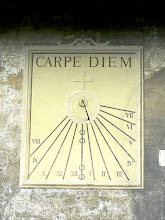JEU DE PAUME

LE SERMENT DU JEU DE PAUME 1790-1791
____________________________________
Le "Jeu de Paume" was originally a French precursor of lawn tennis played without racquets.
The players hit the ball with their hands, as in palla, volleyball, or certain varieties of pelota.
Jeu de Paume literally means: game of palm (of the hand.
In time gloves replaced bare hands.
Even when bats, and finally racquets, became standard equipment for the game, the name did not change.
It became known as "tennis" in English (see History of tennis), and later "real tennis" after lawn tennis became more popular than the parent game.
The term is used in France today to denote the game of real tennis or a court in which the ancient or modern game might be played. The indoor version is sometimes called Jeu de Courte Paume or just courte paume (short palm) to distinguish it from the outdoor version, longue paume, played on a longer court.
At present, the old Jeu de Paume is still played in France and also abroad (maybe be the only place)in Valencia, Spain where its named the Trinquet.
Some important buildings in France are known by the name Jeu de Paume, in general because of their proximity to tennis courts or to sites on which courts once stood.
Several works of art also bear this name, including the famous "Serment du Jeu de Paume ('the Tennis Court Oath') in the Palace of Versailles. See picture above.
It depicts the formal announcement of the French Revolution made in the Royal Tennis Court there on 20 June 1789.
An art museum with rotating exhibitions, the Galerie nationale du Jeu de Paume, also bears the name.
It sits on the north side of the Tuileries park in the centre of Paris.
=========================================
>
....


0 Comments:
Post a Comment
<< Home